About The Nests
Named for Trinity traditions and history, the Nests foster a sense of belonging and community among our students.
There are 5 Nest pairings under the umbrella of the Bantam Network. Each Nest functions as a coordinated network of care, for students, connecting them to staff, faculty, and peer mentors. This network of care helps guide students as they navigate the rewards, challenges, and complexities of collegiate life.
How It Works
All new students entering the College are placed into a Nest. Nest Placements for:
- First-year students are based on their selection of their First-Year Seminar
- Transfer students are associated with their Faculty Advisor
Through the Nests, we foster a sense of belonging and community by engaging students in exploration of self and community, on-campus programming and experiential learning opportunities in the Hartford community. These opportunities are intentionally designed to provide students with meaningful experiences.
Each Nest functions as a network of care for students, connecting them to a Nest Dean and a member of the Residential Learning Community Team.
The Nest Team fosters student personal development by empowering them to attend to their needs holistically through education, advocacy, and referrals to appropriate resources. Members of the campus community can consult with the Nest Team to refer students to appropriate resources.
Members of the campus community can contact the Office of Student & Community Life via email at [email protected] if they are unsure of a student’s Nest affiliation.
Students are strongly encouraged to connect with their Nest Resources, which include their Faculty Advisor (Faculty Advisors are also First-year Seminar Instructors) and Community Peer Mentors as they navigate their Trinity experience.
Community Peer Mentors include:
- Residential Advisors (R.A.s within the first-year residential communities)
- Community Advisors (C.A.s within the upper-year residential communities)
- First-Year Seminar Mentors (T.A.s within the first-year seminar classes)
- Nest Fellows (Student Programming Board for the Nests)
- P.R.I.D.E. Leaders (Office of Multicultural Affairs Peer Mentors within the residential communities)
Explore The Nests
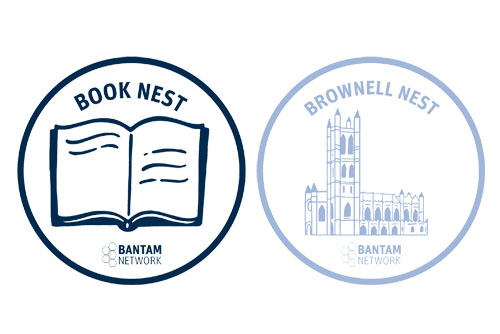
Book Nest references the college’s oldest continuously observed tradition. During the Matriculation ceremony, each incoming first-year student is asked to sign the matriculation declaration, otherwise known as “The Character and Standing Rules,” first penned in 1826. Held annually in our historic Chapel, this book signing is the symbolic act of enrolling at the college and indicates the official opening of the academic year.
Brownell Nest is named after Trinity’s founder and first president, the Right Reverend Thomas Brownell. A statue of Brownell is situated at the center of the College’s Main Quadrangle, overlooking students at Convocation and Commencement.
Nest Team:
- Nest Dean: Maria del Carmen Flores, AVP for Student Life
- Residential Learning Community Team Member: Malachai Marzolf, Senior Residential Learning Coordinator
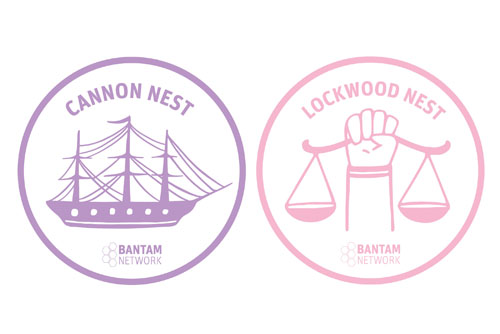
Cannon Nest is named for the two cannons located on the Main Quadrangle. They were salvaged from the steam powered U.S.S. Hartford and gifted to the college, memorializing those Trinity students who served their country. Among those who served is the nephew of Trinity’s founder, The Right Reverend Thomas Brownell.
Lockwood Nest is named for Theodore D. Lockwood ’48, H’81, who served as Trinity’s 15th president. He presided over the college during a time that saw the inception of co-education and an increase in admittance of students of color.
Nest Team:
- Nest Dean: Robert Lukaskiewicz, Dean of Community Life & Standards
- Residential Learning Community Team Member: Migdalia Crespo, Associate Director of Residence Education & Student Engagement
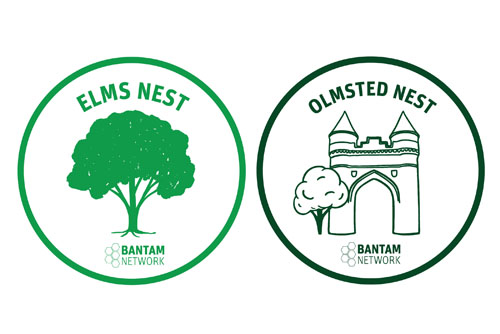
Elms Nest references Trinity’s famous elm trees, planted in the shape of a “T” on the Main Quadrangle. All Bantams are also familiar with the school’s alma mater, “‘Neath the Elms,” written by Trinity student Augustus P. Burgwin in 1882.
Olmsted Nest honors Frederick Law Olmsted, American landscape architect, journalist, social critic, and public administrator. He had a hand in shaping the campus we love and is otherwise known for his co-design of Central Park in New York City, among other famous parks.
Nest Team:
- Nest Dean: Dr. Ann Reuman, Senior Associate Dean & Special Assistant to the V.P. for Student Success & Enrollment Management
- Residential Learning Community Team Member: Pieta Okonya, Residential Learning Coordinator
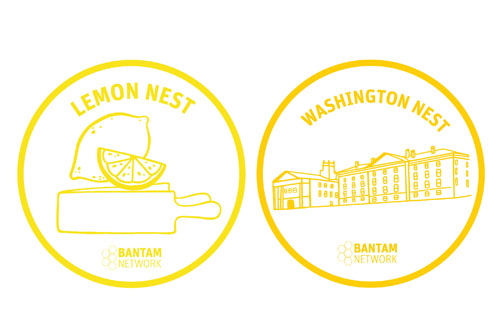
Lemon Nest harkens back to Class Day in 1857, when a senior presented a wooden lemon squeezer to the Class of 1859 as recognition of the sophomores’ “aggregate excellence in scholarship” and “moral character.” From that day forward, every Class Day included a ceremonial passing down of the lemon squeezer to the most popular rising class. Today, that very lemon squeezer makes an appearance annually during Convocation, a tradition that is followed by lemonade for all.
Washington Nest refers to Trinity College’s original name being Washington College, when it was founded in 1823. The school’s name was dubbed Trinity in 1845 in reference to its’ Episcopal roots and to differentiate itself from other institutions known as Washington.
Nest Team:
- Nest Dean: John Selders, Assistant Dean & Director of Community Standards & Restorative Justice
- Residential Learning Community Team Member: Jess Gardner, Residential Learning Coordinator
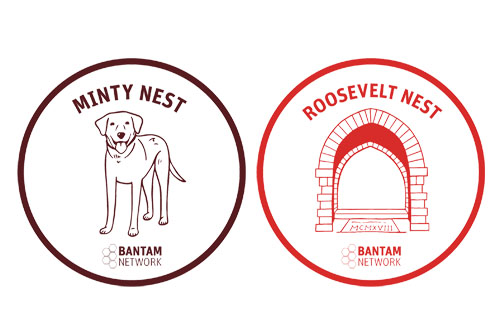
Minty Nest honors President Berger-Sweeney, who introduced the student competition that resulted in the Bantam Network. The Minty Nest is named for her beloved golden Labrador, Minty. Students, faculty, and staff alike often see Minty being walked across campus.
Roosevelt Nest is named for the Luther-Roosevelt stone, which was laid in 1919 after Theodore Roosevelt delivered the Commencement address in 1918, at the request of then college president Flavel S. Luther. Trinity students have since observed the tradition of never stepping on the stone before their Commencement ceremony.
Nest Team:
- Nest Dean: John Selders, Assistant Dean & Director of Community Standards & Restorative Justice
- Residential Learning Community Team Member: Jess Gardner, Residential Learning Coordinator
